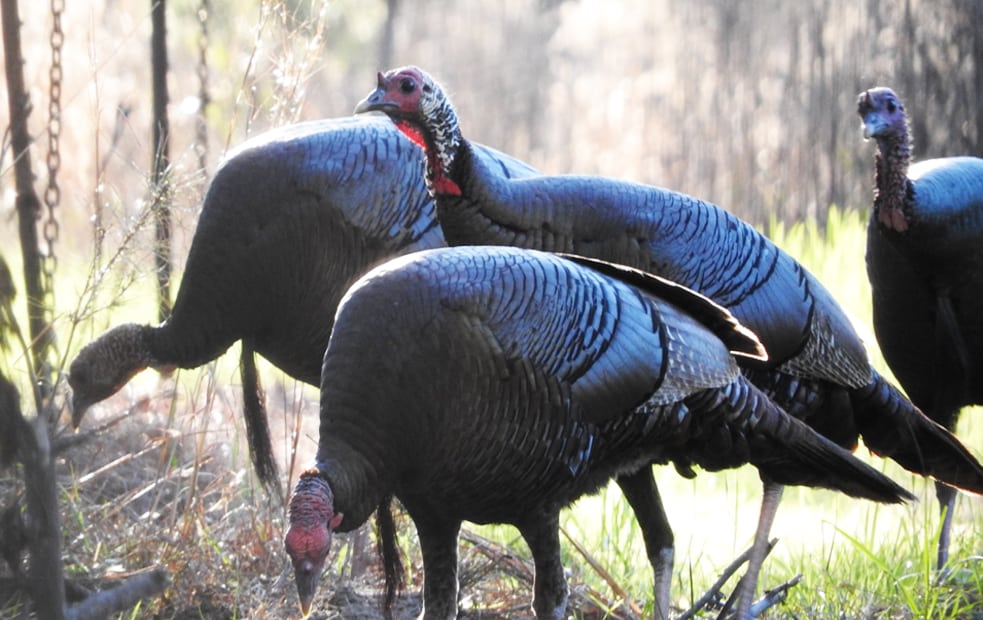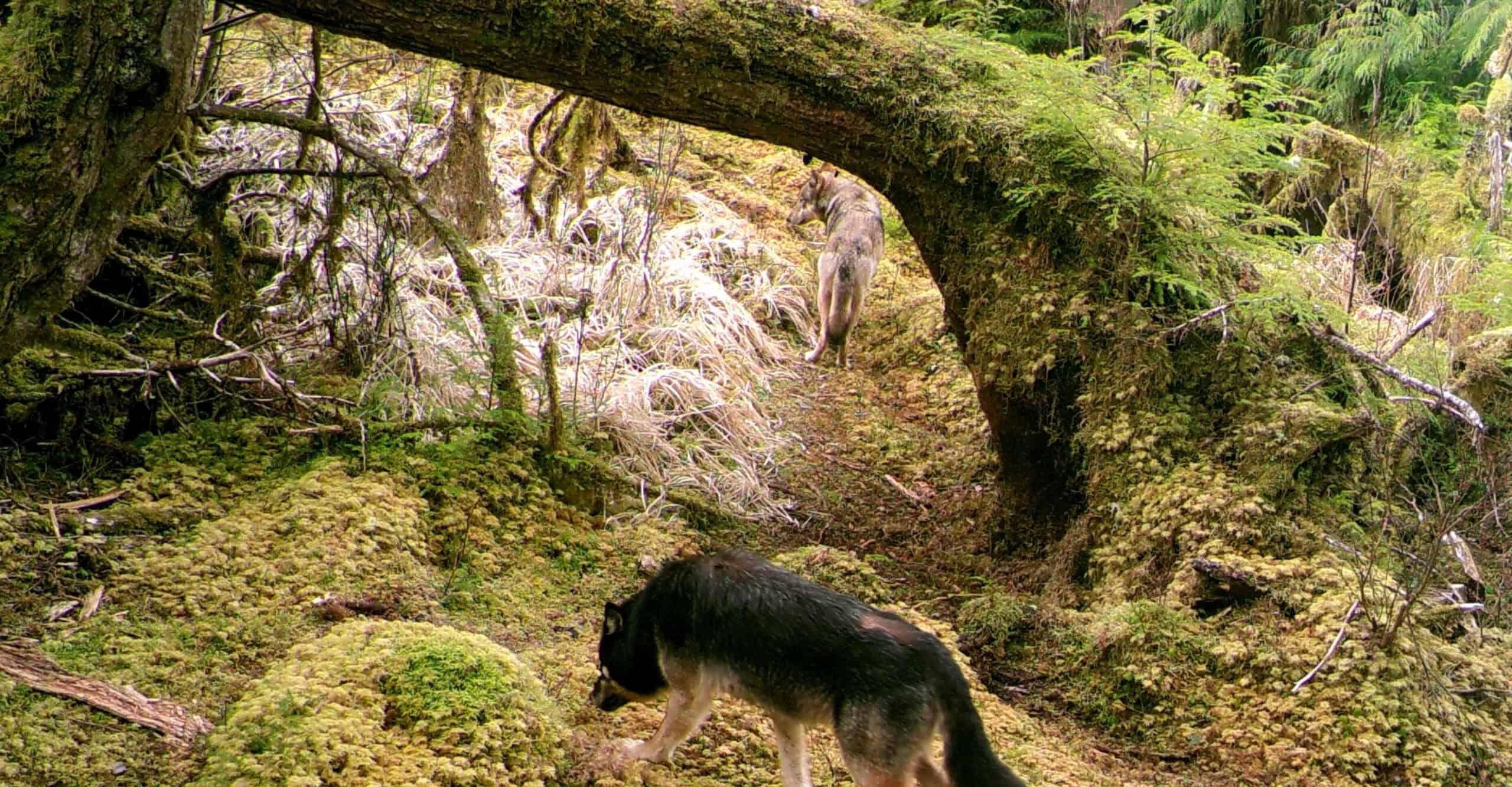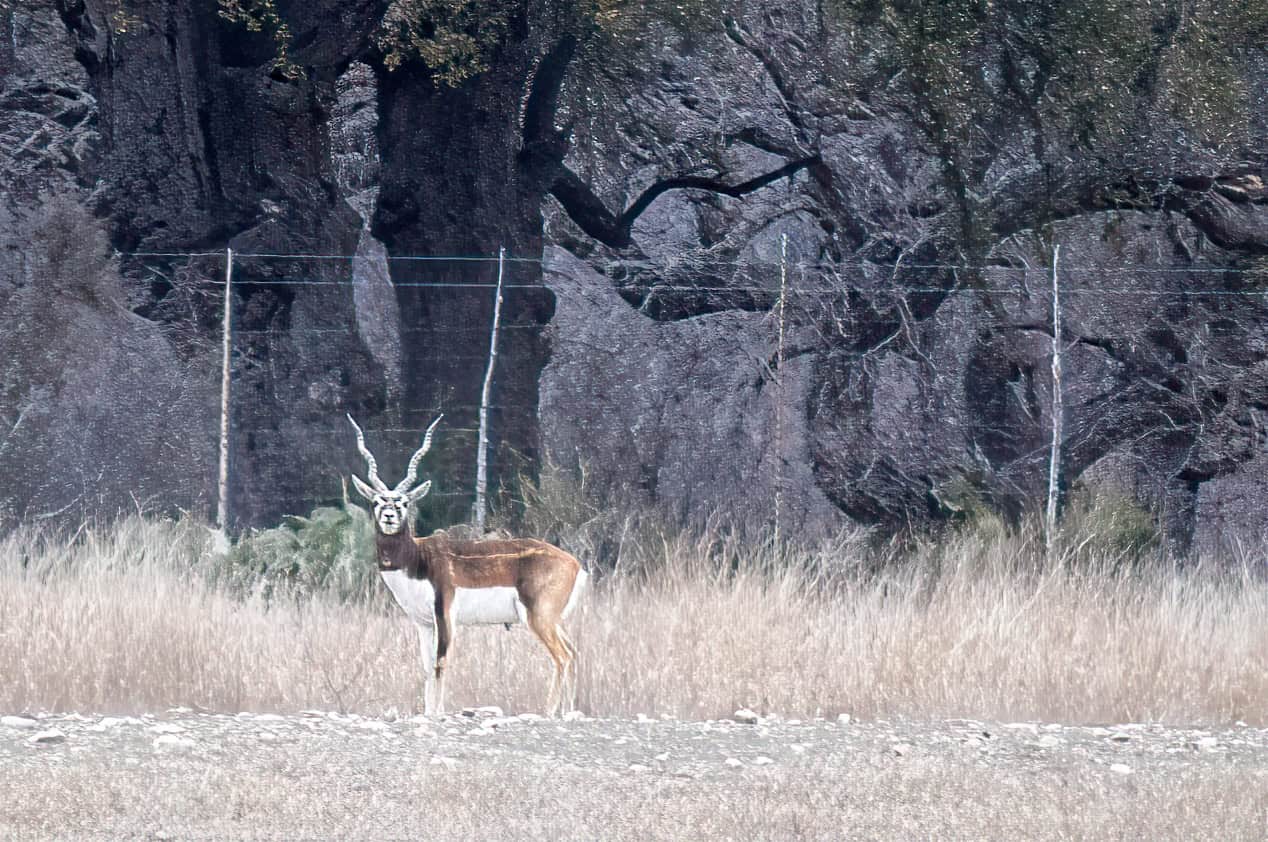Share this article
Wildlife Featured in this article
- Eastern wild turkeys
JWM: Reducing harvest regulations can boost male turkey numbers
Are hunting regulations keeping up with the South’s declining turkey numbers?
As wild turkey populations decline in the southeastern United States, reducing harvest could help keep more male turkeys on the landscape.
Biologists have debated the impact of hunting on wild turkeys. Are more turkeys killed because of hunting? Or would the birds that hunters take home have been killed by predators, anyway?
In a study in the Journal of Wildlife Management, researchers studying eastern wild turkeys (Meleagris gallopavo silvestris) in the Southeast found male turkey survival is 30% higher in nonhunted populations.
That’s good news for managers looking for ways to bolster males in the population, said lead author Patrick Wightman, a research scientist at the University of Georgia, although how much more males would impact overall turkey populations isn’t clear.
“From a management perspective, one of the big takeaways is, if you’re wanting to increase male survival, you can decrease harvest,” said Wightman, who led the study as a postdoctoral researcher at the university. He hopes future research can shed light on how tight those restrictions would need to be to have a meaningful impact.
Wightman and his colleagues studied 860 male turkeys—some banded and some fitted with transmitters—in Georgia, Louisiana, North Carolina and South Carolina from 2014 to 2022 and created models based on their survival. In hunted populations, adult males had about a 50-50 chance of surviving in a year, Wightman’s team found. Annual survival among nonhunted turkeys was about 30% higher. Predation played little role.
To increase male turkeys on the landscape—and increase hunter satisfaction in the long run—managers may want to test different restrictions, including season length and bag limits, the researchers concluded.
“The vast majority of hunters are conservationists,” Wightman said. “If state agencies are taking away opportunities—whether it’s bag limits or season dates—I think the general public in the hunting community would be more supportive if they knew it would have some impact on survival.”
How much impact that would have on overall wild turkey survival is unclear, though. While turkey populations in much of the U.S. are thriving, in the Southeast, their numbers are tumbling. That’s probably due to a number of factors, Wightman said, but shrinking habitats and poorer habitat quality are probably most responsible, and hunting regulations haven’t taken into account those declines.
Wightman hopes the paper encourages managers to reconsider turkey harvest rates. In previous years when populations were thriving, 30% harvest rates were sustainable, but that’s probably not true anymore, he said, when fewer poults are reaching adulthood. “We’re making half the number of birds,” he said.
This article features research that was published in a TWS peer-reviewed journal. Individual online access to all TWS journal articles is a benefit of membership. Join TWS now to read the latest in wildlife research.
Header Image: Researchers in the Southeast found that reducing hunting pressure could help keep more male wild turkeys on the landscape. Credit: Patrick Wightman








